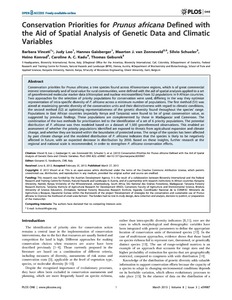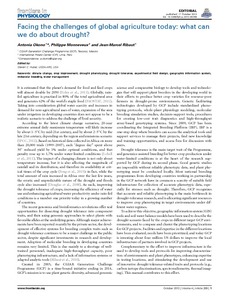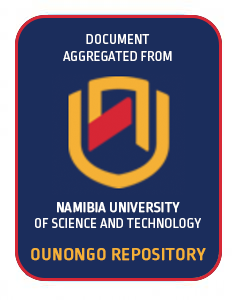Administrative boundaries
The most common ways to present data for research, demographic, political, and other reporting purposes is by administrative unit or the unit of measure that recognizes the political boundaries and area of a country. The map shows Africa divided into nation equivalent (zero-level) units. The majority of these zero-level units represent countries that are further divided into smaller subnational (first-level) units, such as departments or states, which vary in size and number per country.







